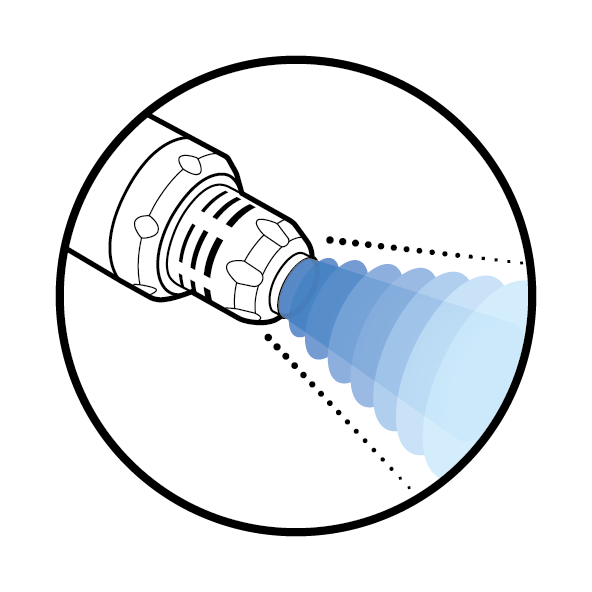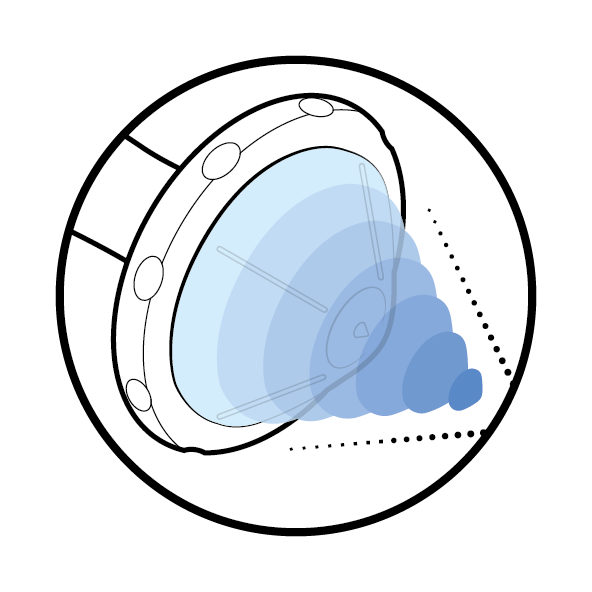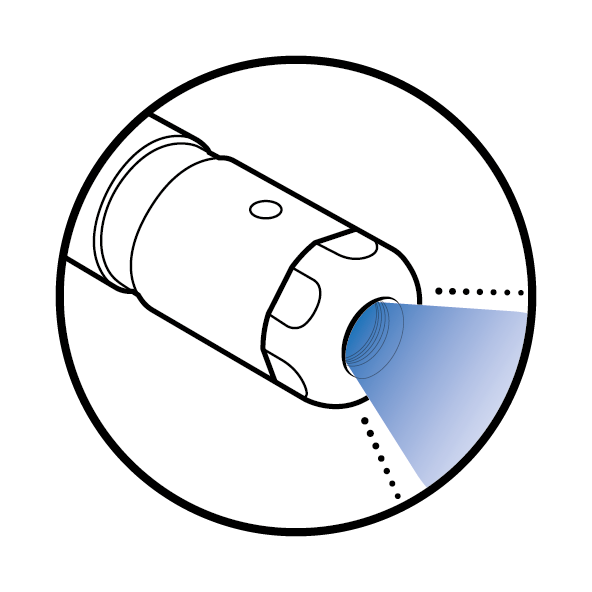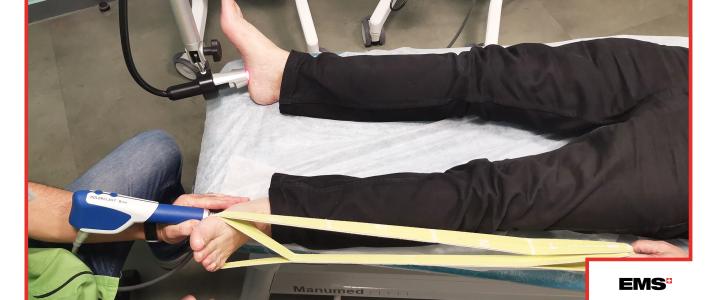Looking for a treatment ?
Find a practice for a treatment near you.
You are here
00 - Overview
SEE ALL
CHAPTERS
Overview
What is plantar fasciopathy?
Plantar fasciopathy - also called plantar fasciitis or policeman's heel - is the most common source of plantar heel pain, with more than 1 in 10 people suffering from plantar fasciopathy in their lifetime [1]. This disabling condition describes degenerative changes in the plantar fascia, a thick band of connective tissue located at the bottom of the foot where it absorbs shocks generated by walking, running, or jumping. Repetitive stress and tension exerted on the plantar fascia may lead to micro-tears, which cause irritation, inflammation, and pain. With time, the ability to perform full-time work or participate in daily activities becomes significantly limited.
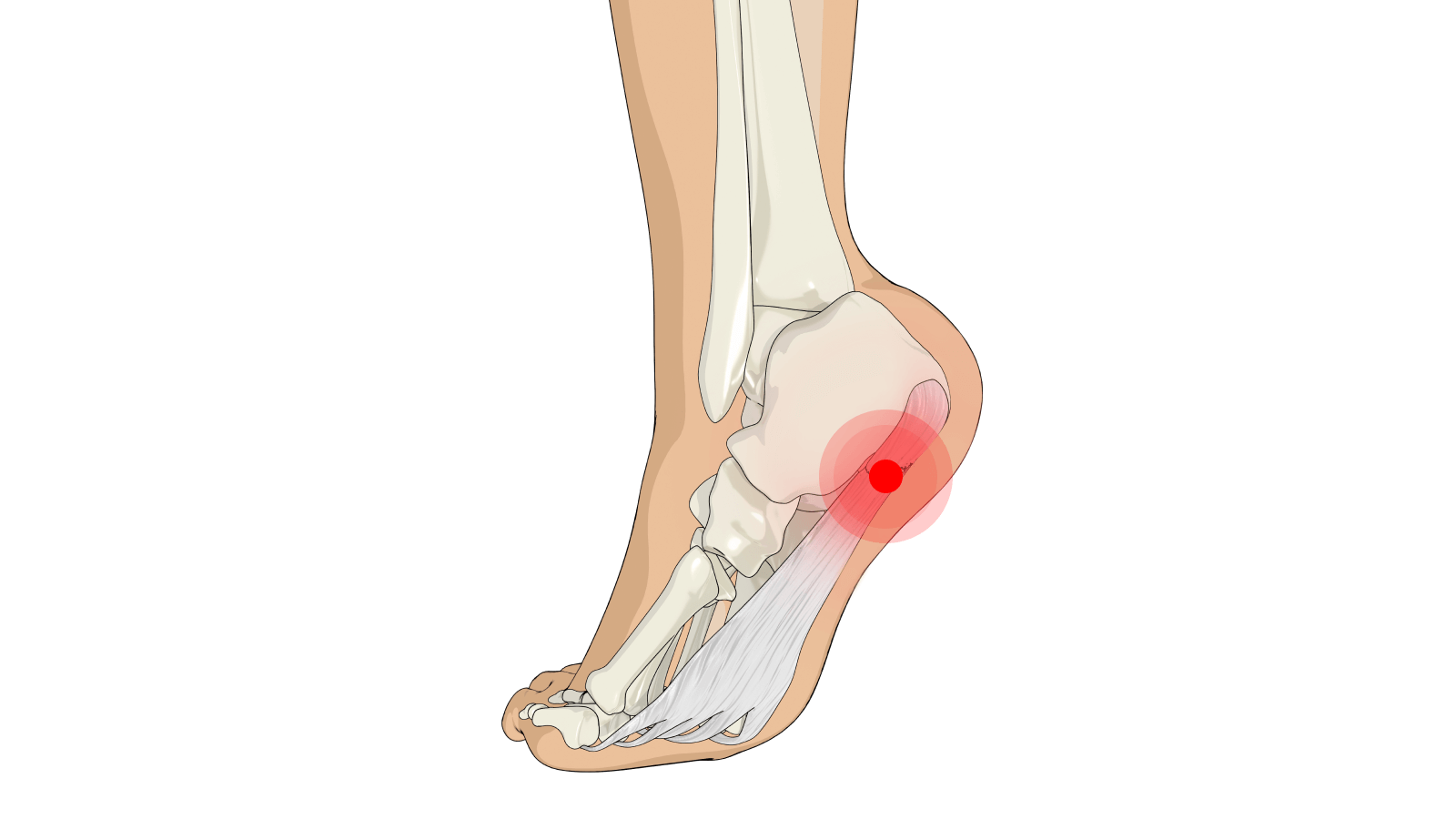
What are the risk factors for developing plantar fasciopathy?

Running

Occupations requiring long periods of standing

Limited dorsiflexion

Poorly fitting shoes

Excess weight
Are you at risk of developing plantar fasciopathy?
Plantar fasciopathy may affect more than 1 million people worldwide per year. The risk of developing plantar fasciopathy is high, in particular in the case of individuals who spend the majority of their workday on foot, such as construction and production workers, nurses, or waiters. With respect to sports, although various sports are at risk of developing plantar fasciopathy, it is most common among recreational and elite runners who repetitively stretch and contract their plantar fascia. Other important risk factors include:
- Age: plantar fasciopathy is most common in adults between the ages of 40 and 60
- Obesity: a Body Mass Index (BMI) greater than 27 kg/m2 is a significant risk factor, as extra weight puts even more strain on the plantar fascia during daily activities.
- Foot mechanics issues: Dorsiflexion is the backward bending and contracting of your foot. Because of genetics, some people cannot bend their feet backward. According to studies, reduced ankle dorsiflexion is the most critical risk factor [12].
- Unfitting/unsupportive shoes: shoes that are too tight or too loose are risk factors for developing plantar fasciopathy: you should have enough room to move your toes freely, and your foot should be supported by the shoe. High heels should be avoided as they put a lot of pressure on the foot. Very flat shoes such as flip-flops don’t provide enough support, nor does walking barefoot.
What are the symptoms of plantar fasciopathy?
If you have been suffering from heel pain, there are multiple symptoms that you can easily recognize and which may lead you to consult a healthcare provider for professional treatment:
- Stabbing pain in the heel region that is much worse in the morning
- Pain triggered after prolonged periods of standing or sitting
- Difficulties with raising your toes off the floor
What are the causes of plantar fasciopathy?
Walking, running or jumping, or a long-hour standing job places the plantar fascia under repetitive tension leading to microtears. Eventually, sustained, repetitive injury surpasses the body’s capacity to repair itself, leading to degenerative changes.



